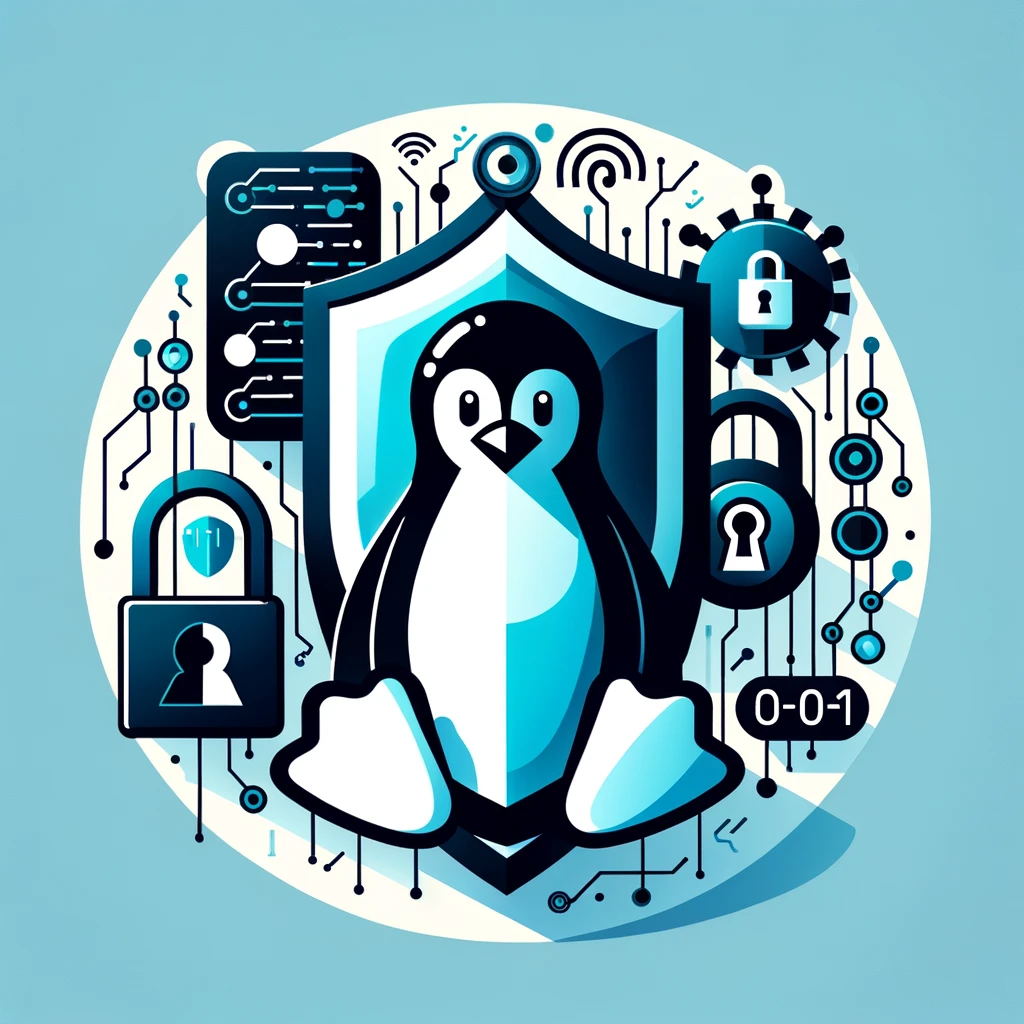Introduction
Linux Security Enhancement; A Detailed Manual, for Safeguarding Your System In today's age ensuring security measures is crucial and Linuxs resilience has made it a preferred option for many system administrators and security experts. However due to Linuxs open source nature it remains a target for attackers. Given the rising complexity of cyber threats, taking an approach to security is essential. This thorough guide aims to enhance the defenses of your Linux system transforming it into a barrier against entry and malicious actions.
Understanding the Risk Environment
Before diving into security reinforcement methods it is essential to understand the array of threats that your Linux system may encounter. Ranging from exploits focused on server vulnerabilities to engineering tactics aimed at users the spectrum of dangers is vast. A deceptive threat involves falling victim to You're being hacked by malicious websites where unsuspecting users could unknowingly compromise their systems security by interacting with harmful online content. Identifying these risks marks the step towards protection.
Vital Security Enhancement Practices
System Updates and Software Patching
Maintaining your system's currency is fundamental in fortifying its security posture. Ensure updates for both the operating system and all installed software to address known vulnerabilities.
To simplify this process you can use automated tools, like upgrades for systems or dnf automatic for Fedora.
Ensuring User Security
It's crucial to set up authentication methods. Implement passwords through PAM (Pluggable Authentication Modules). Think about adding multi factor authentication (MFA) for an extra layer of security. You can integrate tools like Google Authenticator with SSH services to enable MFA.
Setting Up Firewalls
A configured firewall acts as a gatekeeper managing outgoing traffic based on specific rules. UFW (Uncomplicated Firewall) provides a user interface to handle iptables making it easier to control access to services and block unwanted traffic.
Securing Communications
Encrypting data transmission is vital to keep information secure. Use SSH (Secure Shell) for access by disabling root login and opting for key based authentication over passwords. When dealing with web services make use of SSL/TLS certificates for encrypting HTTP traffic.
Implementing Least Privilege
Follow the principle of privilege by granting users and processes the necessary permissions, for their tasks. This approach can significantly reduce the impact of security breaches. Utilize sudo for privilege escalation. Carefully configure /etc/sudoers to restrict command execution.
Regular Security Audits
Performing security checks is crucial, in uncovering weaknesses before they are exploited. Tools such as Lynis and OpenVAS offer scanning features that reveal system vulnerabilities and suggest ways to address them.
Intrusion Detection and Prevention
Utilize an Intrusion Detection System (IDS) along with an Intrusion Prevention System (IPS) to oversee and block activities. Snort and Suricata are open source solutions for detecting and responding to various threats.
Data Encryption
Securing data both at rest and in transit is vital. Employ tools like LUKS for disk encryption and GnuPG for encrypting files and emails. This ensures that even if someone gains access the data remains unreadable without the encryption keys.
Backup and Recovery
Regularly backing up data is essential for disaster recovery purposes. Minimizing the impact of data loss. Implement automated backup systems store backups securely – off site –. Encrypt them for added protection.
Security Through Obscurity
While not a security method, incorporating some level of obscurity can enhance your security measures. Modifying default ports concealing version banners and using fail2ban to thwart repeated login attempts are simple strategies.
Conclusion
Securing a Linux system involves dedication and vigilance, across fronts.
By following the techniques detailed in this handbook you can greatly improve the security of your Linux setup. Keep in mind that the aim is not to defend against existing dangers but to foresee and address potential future weaknesses. Stay updated, stay ready and fortify your Linux system as a stronghold of security, in the world.
